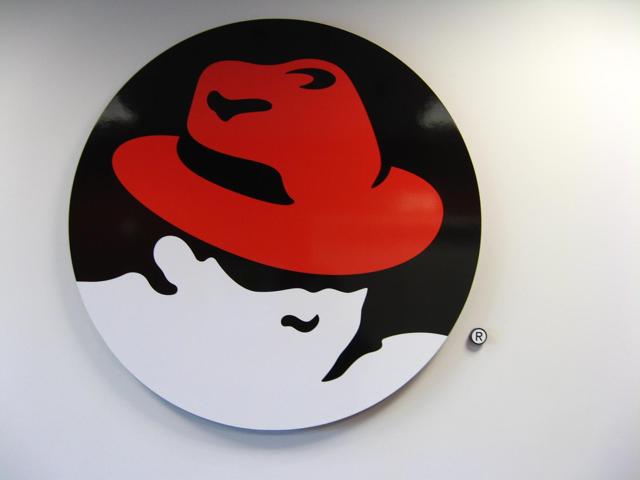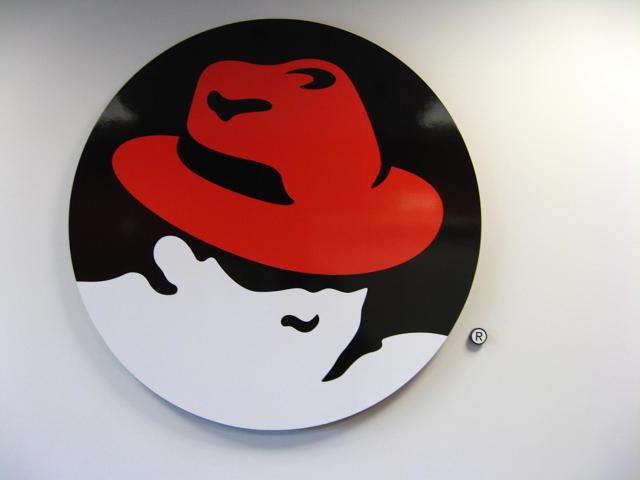
(Photo credit: Sankarshan)
Open source evolved, developing an entrenched market position
For years I’ve heard enthusiasts talking about the open source potential: “It will take over the proprietary code”. Others argued that open source was a value destroyer for businesses relying on intellectual property.
The years went by, and in my mind, open source remained more of a hobbyist thing than anything else. However, the state-of-affairs seldom remains unchanged for long, and the truth is the open source development model, during the last fifteen years, silently morphed by focusing on enterprise IT services.
In my opinion, that was the way to go. Enterprises were more willing to experiment in new IT solutions. And in some cases, they desperately needed those advances to survive. Some companies, with critical systems, needed the flexibility to patch adapt or correct code in-house. On the other end of the spectrum, the regular user that freaks out when an error message pops-up, was never going to mass-adopt something that is far from being a final polished product. Linux and open source are not for them, as Apple explored through gorgeous plug-and-play solutions.
Secular trends support open source adoption in corporations
More recently, the cloud was a driver for open source solutions. The ability to offer high performing and stable infrastructure technologies for cloud environments is critical and creates a lot of opportunities.
There is a secular trend toward digitalization and software automation. There will be several opportunities for mass market solutions, but there will be even more for specialized solutions that solve the little (but annoying) problems.
At this point, we must distinguish between open source and free software. Although partially overlapping, open source is a development methodology used in commercial applications. For instance, Microsoft develops and uses open source software. On the same note, most companies use some form of open source software.









Leave A Comment